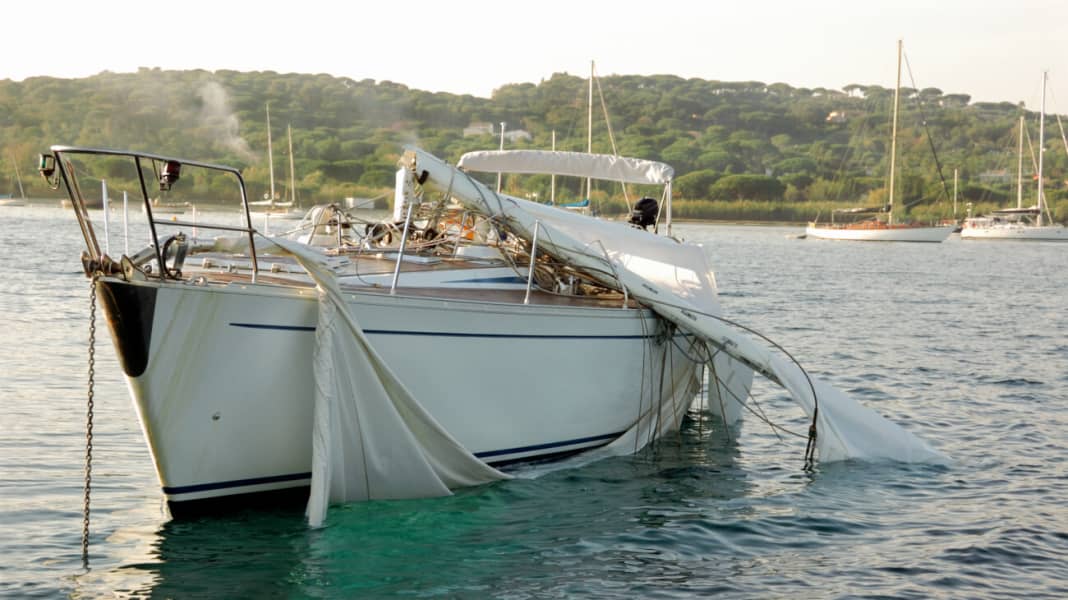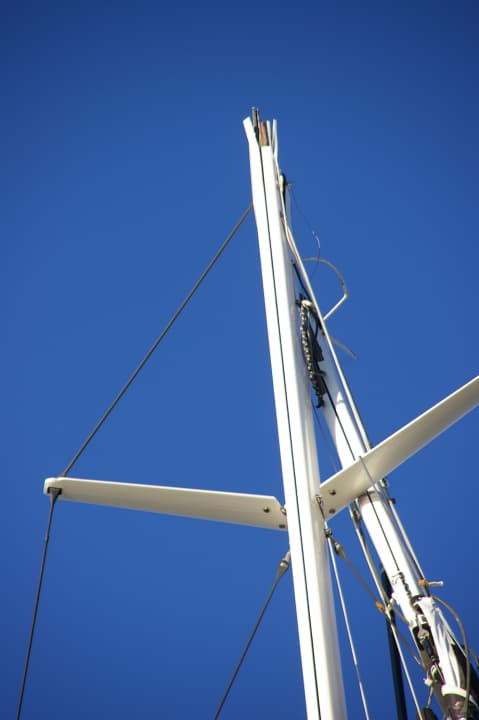Yacht insurance: Mast breakage and co: How are consequential losses insured?
Pantaenius Yachtversicherungen
· 20.05.2022

Exactly how such cases are covered by insurance is a regular topic of discussion. Pantaenius explains what needs to be considered.
Boat and yacht insurance providers differ considerably from one another. This applies to the scope of cover offered, the type of advice provided, but also the ability to react and actively provide assistance in the event of a claim. In the worst case scenario, you find out too late what the insurance actually covers. However, with a little help, policyholders can compare what the cover looks like, at least on paper. In addition to the basis of the sum insured, it is above all the exclusions that have a decisive influence on what the insurance will pay in the event of a claim. This often includes an exclusion for damage caused by "wear and tear in normal use".
What is meant by this? Many parts, such as shrouds and stays, are subject to considerable wear and tear over the course of a boat's life. Loads exposed. The material gradually wears out. It wears out. Manufacturers therefore usually specify maintenance intervals. If these are adhered to, parts can be replaced in good time. If this is not the case and damage occurs, it is no longer an unforeseen event from the insurance company's point of view. The damage to the defective part is excluded from the insurance cover. However, this exclusion is not a knock-out criterion. On the contrary: even the most critical observer should find it conclusive that the risk community is protected from such avoidable damage. Much more important is the regulation of consequential damage, because it is often small defects that trigger a veritable chain reaction.

Owners should ensure that the relevant exclusion is qualified. This could be worded as follows: "Loss or damage caused to other parts of the insured property as a result of the defect or wear and tear is covered within the scope of these conditions". This makes it clear that a defective shroud or terminal is not covered in the event of wear and tear. Consequential damage to the mast profile, sail or deck, on the other hand, is fully insured and would be compensated according to the conditions. Not every insurance offers this regulation. Anyone who is unsure whether their own policy covers consequential damage should therefore be sure to ask.
It goes without saying that good seamanship includes proper maintenance and servicing of all relevant parts on board. For sailing yachts, regular inspection of the rig is particularly important in this context and, in case of doubt, life insurance for those on board. Based on the experience of over 50 years of claims handling and in the interests of the safety of its customers, Pantaenius has started to require an inspection of the rigging by a specialised company when insuring new sailing yachts if the yacht is more than 15 years old. For the new insurance of sailing yachts older than 25 years, we require the standing rigging to be replaced. These checks only apply to new contracts and are not an obligation for existing customers.
Incidentally, a defective small part can of course also cause a whole range of other damage on a boat or yacht. Think of a defective sea valve, for example. If this damage leads to sinking, the repair of the consequential damage, including salvage costs, is covered within the Pantaenius yacht hull conditions is also covered. Here too, only the defective small part itself - in this case the sea valve - is the subject of an exclusion.